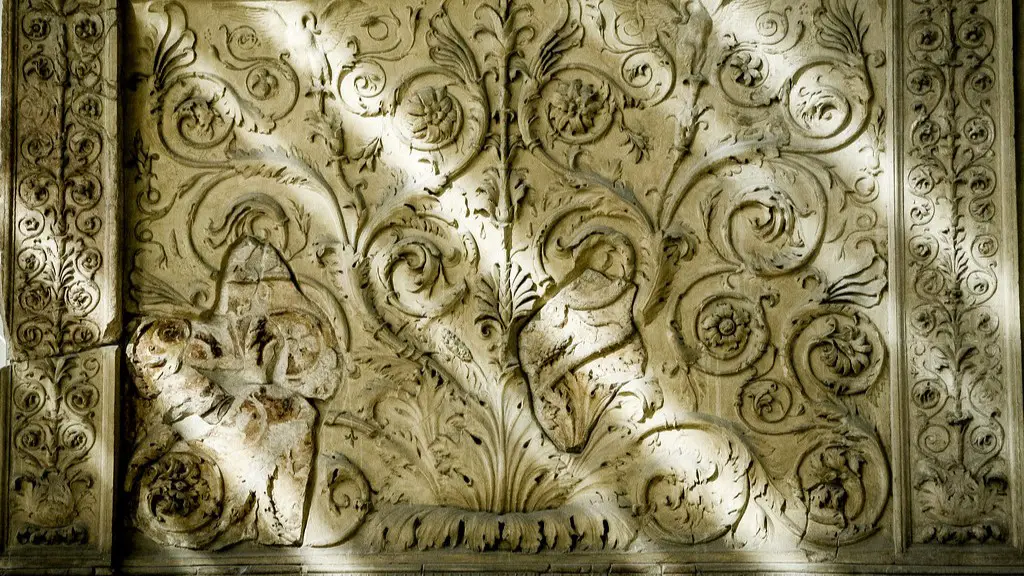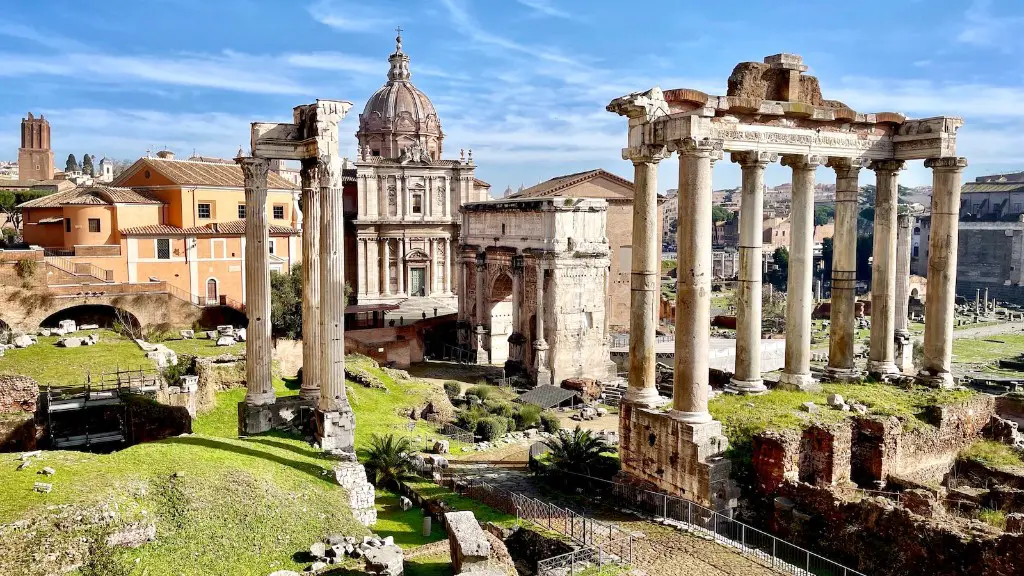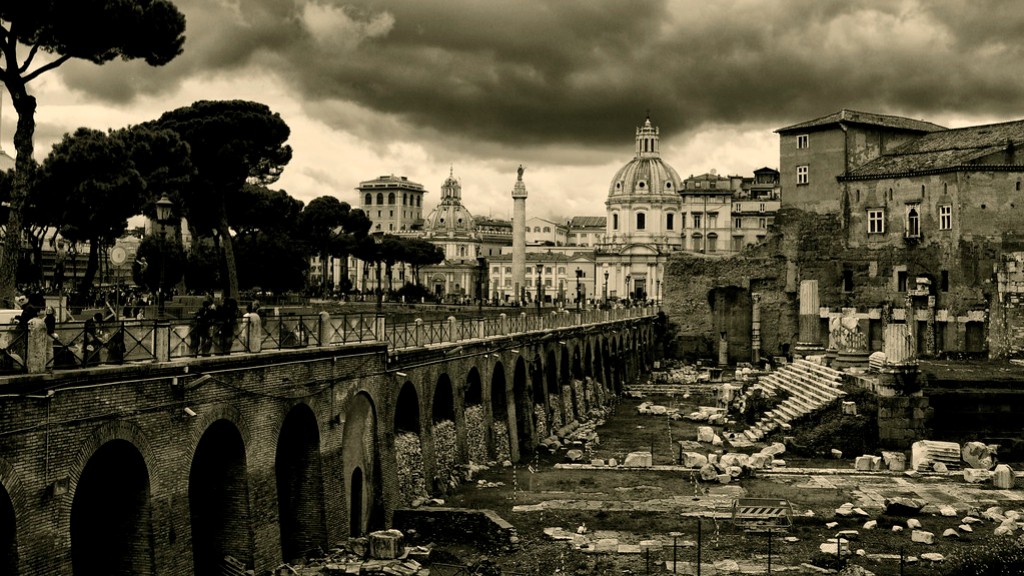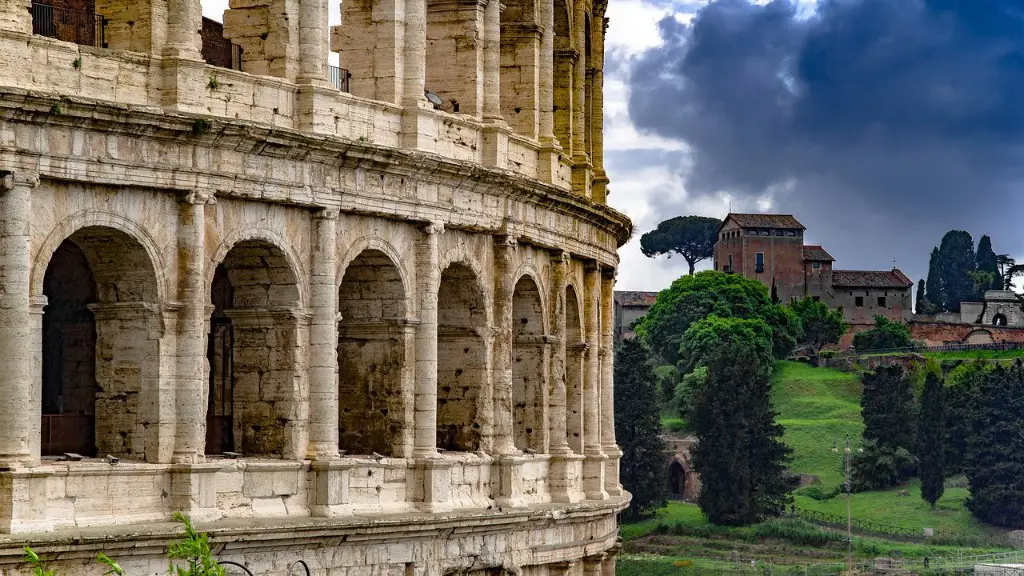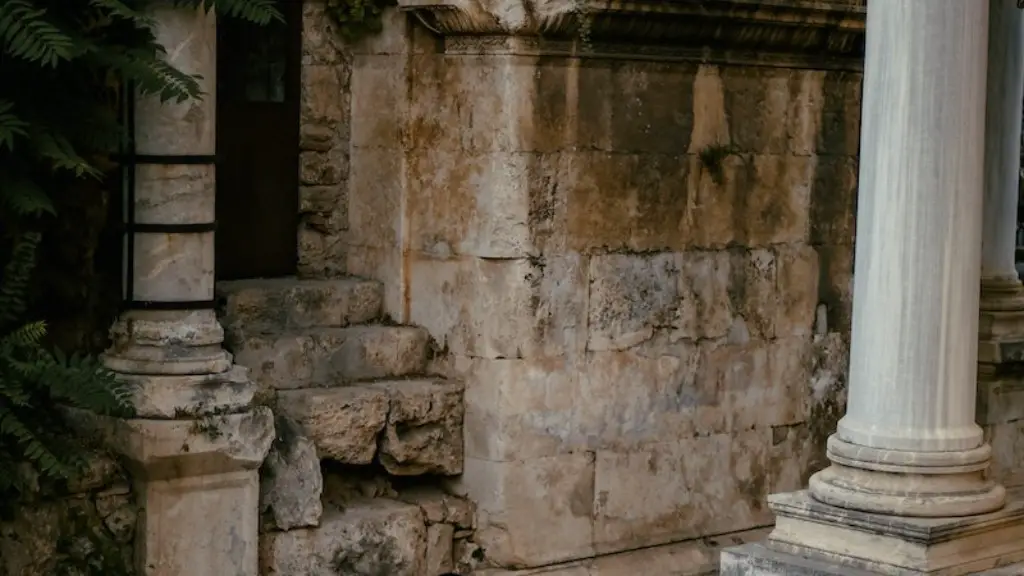When it comes to the ancient Romans, there is no doubt that the architecture they created has left a lasting impact on global building practices. But what was the primary motivation of the Romans behind their grand engineering feats? What made them go through all the effort to build magnificent structures, often using stones that had to be manually cut, for example? Let’s take a closer look to see what drove the Romans to do this and how their architecture has influenced the world today.
Historical Trends as an Influence
According to Rose Waring, an expert in Ancient History and World Art, the construction of monumental structures was an indication of power and domination. This was consistent with the architecture of the time since all ancient civilizations used monumental structures to display their influence. The Romans were no exception, though they tailored their structures to their own unique style.
For instance, the Romans built structures with a strong order and regularity, using shapes and lines to create unity in their compositions. The Roman architect, Vitruvius, wrote about the architectural design principles of the day, highlighting the use of symmetric and proportional elements that provided a natural balance. The Romans also opted for practicality, which was a major driving force that propelled them to engineer impressive feats.
Convenience, Comfort and Glamour
The Ancient Romans were quite advanced in terms of technology, so part of their motivation for creating iconic architecture was to make urban life more comfortable and convenient for their citizens. For instance, the Romans built aqueducts and created road networks to ensure that cities were well-connected and had access to sufficient water.
The Romans also focused on creating spaces that were beautiful and glamorous, often designing public squares and gardens that were gardens of paradise. This was all part of the glorious structures they built to symbolise their power, often attracting envy and admiration from other civilizations.
The glory of their architecture also served an important ‘memory culture” in which monuments often acted as a repository of public memory. This allowed the Romans to bring the distant past and its victories closer to the contemporary Romans, acting as a kind of living monument to their ancestors.
Influence on World Architecture
The architecture of Ancient Rome left a huge mark on world history as its influence is still apparent today. For instance, the Romans are credited for pioneer-ing some of the most iconic structures in the world such as the Coliseum. Likewise, some of the common design principles such as columns, arches, domes, and vaults still used in architecture today were all originally developed by the ancient Romans.
The legacy of the Roman architecture can be found in many places across the world. In fact, some of the most iconic cities such as London, Paris, and Washington DC were modelled after the Roman model. Other remnants of the Roman style can be found in modern cathedrals and also in many of our modern monuments and public squares.
What We Can Learn from the Roman Architecture
Overall, the example set by the Ancient Romans teaches us that architecture need not be solely about aesthetics or practicality. It can be used to symbolize power and to promote ideas, such as democracy or social egalitarianism. Moreover, it can be used to educate and share a common history that can unite people, just as the Roman monuments managed to do.
The monuments of ancient Rome also symbolize the beauty of human endeavour when combined with creativity and passion. It is humbling to think that the same engineering and design principles that the Romans used centuries ago are still applicable today. This inspiring legacy has enabled us to learn and grow, as well as to continue challenging ourselves.
Material Used by the Romans
A big factor in the longevity of the impressive Roman architecture is due to the materials they opted for. The Romans had a keen eye for detail and often used materials that were durable and long-lasting. Examples of the materials the Romans used to build their monuments include stone, brick, marble, and mortar.
Furthermore, Roman engineering was so impressive that they managed to use different materials and combine them to form structure that have withstood the test of time. What is more, the Romans also utilised innovative construction methods such as the use of concrete, which required various ingredients to be mixed, such as volcanic ash and lime, in order to form a strong mixture.
Rome’s Influence on Future Civilizations
The scale and grandeur of the Roman architecture was unparalleled in its time. As such, their influence was felt not only within their own civilization but also far beyond its walls. Rome’s architecture and engineering were so advanced that they served as a reference point for future civilizations and made them believe that architectural feats were possible beyond their wildest dreams.
This is particularly true in the case of Baroque architecture, which was heavily inspired by the Roman style. In this case, the Roman style was recreated with a modern twist, combining the use of large scale and opulent decorations with the more traditional elements of their predecessors.
Roman Engineering and Innovation
The engineering feats of the Ancient Romans demonstrate how innovation, technology, art and design can be combined to create spectacular structures. To achieve this feat, the Romans had to devise clever methods, such as the invention of machines to move and place very large stones, as well as designs to allow them to span large distances.
What is more, the Romans had a knack for urban planning and their cities often included roads, libraries, public squares and marketplaces. By using astute engineering, the Romans managed to create a sense of order, something that even the most advanced cities of the 21st century have not managed to achieve.
Adaptability of Roman Architecture
The beauty of the Roman architecture lies in its adaptability and versatility. In fact, the Roman style proved to be so successful that it was adopted and adapted by future civilizations, who used them to create other famous structures, such as the Hagia Sophia in Istanbul. The Roman approach both encouraged and enabled such innovation, proving to be a tried and tested method that was applicable and effective in different contexts.
The Ancient Romans clearly put a lot of thought, passion and effort into their creations, sending a message of success, glory and immortality to future generations. We owe a lot to the Roman architecture as it is a major part of our history and has shaped our modern built environment.
